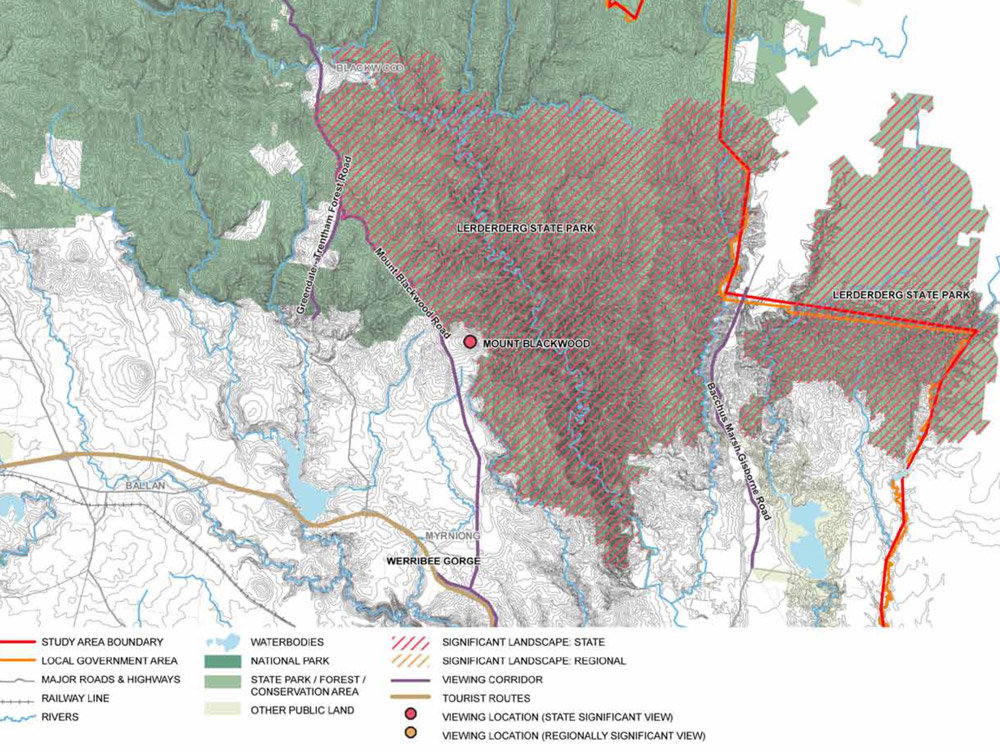Cultural Heritage
The Lerderderg Gorge and State Park is rich in Culture and Heritage. The Gorge has been created over thousands of years by the Lerderderg River, which rises on the Great Dividing Range and runs centrally through the park. This significance area also covers the Pyrete Range block of the State Park.
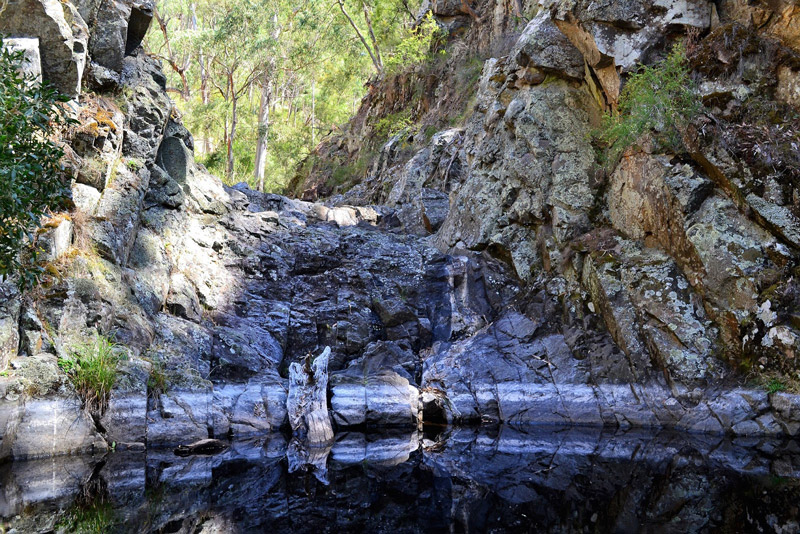
Significance Area
The Lerderderg River is one of Victoria’s eighteen Heritage Rivers and the only one of the six major rivers rising in the Wombat Forest with significance area designation. Heritage rivers are protected under the Heritage Rivers Act 1992 (Vic) for their high conservation, recreation or cultural values.
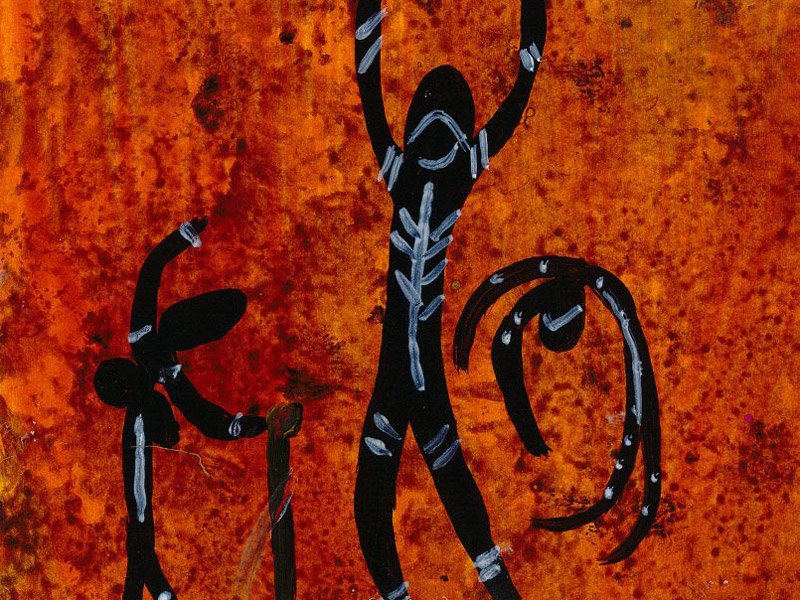
Indigenous Culture
This area is the traditional country of the Wurundjeri and Wathaurong people to whom it holds social, cultural and spiritual significance. The waterbodies, distinctive natural features and places of ecological value within this area are likely to have high Aboriginal cultural heritage sensitivity.
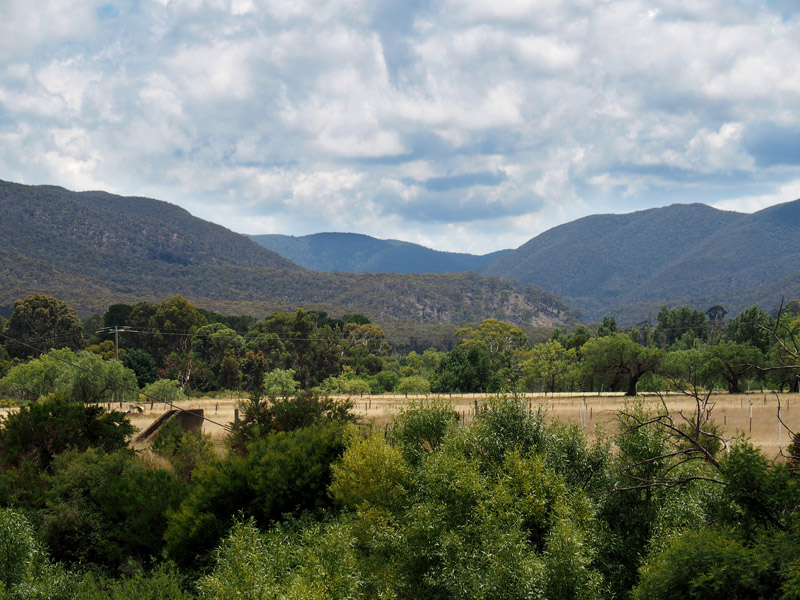
Composition of Views and Landscape
The close proximity of DARLEY to the Lerderderg State Park creates a highly scenic viewing opportunity. The foreground is composed of a sweeping panorama of folding dark green hills, blanketed in vegetation. These hills can be seen to disappear in the distance as Uplands give way to the flat volcanic plain.
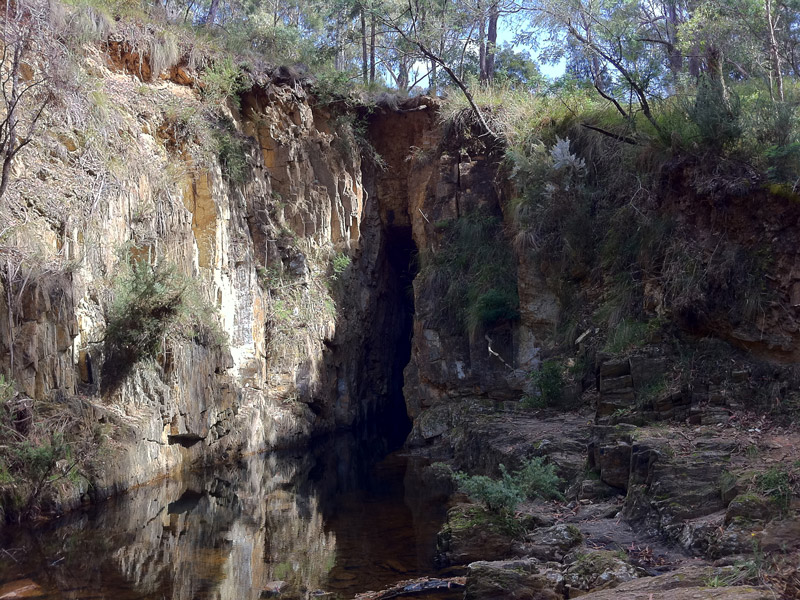
National Trust and Land Conservation Council
The Lerderderg River is listed as a Heritage River under the Heritage Rivers Act 1992, and is listed as a Representative River due to geological features. The Park is listed as State significant by the National Trust due to the high scenic value of its riverine and gorge landscape.
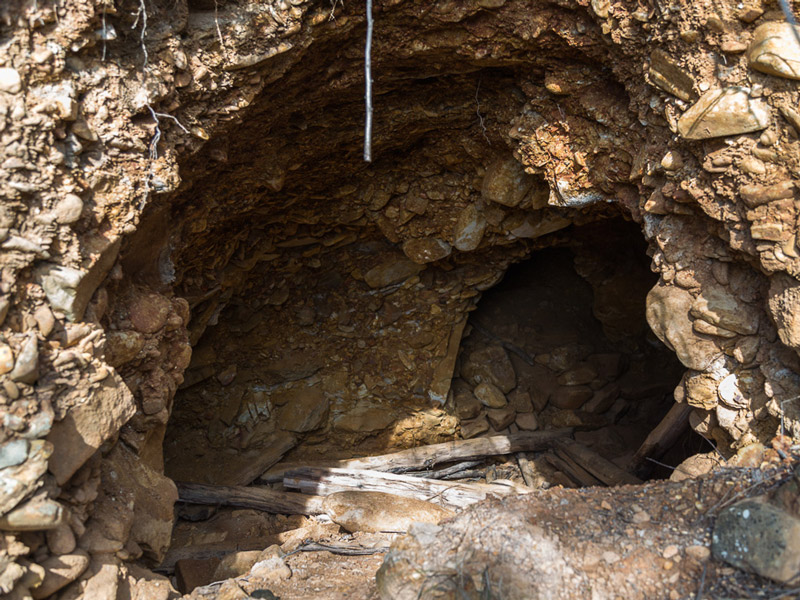
Heritage and History
European occupation of the area commenced during the 1830s when squatters took up large pastoral runs around Bacchus Marsh. Gold was first discovered at what is now the township of Blackwood, in 1851. The area was rich in alluvial gold and large nuggets were found chiefly in the bed of the Lerderderg River and its tributaries in what is now the Wombat State Forest and Lerderderg State Park.

ABOUT US
Stop Labor’s Towers is demanding better consultation and a genuine process to consider alternatives.
The Regional Victoria Power Alliance comprises landowners, residents and community group concerned about the impacts of this project on our lives, land, environment, community and future generations.
